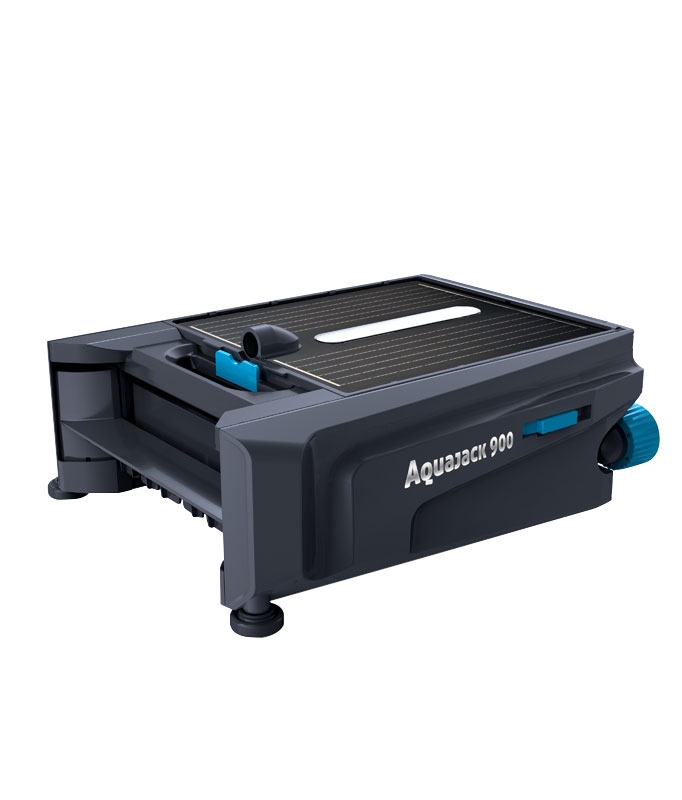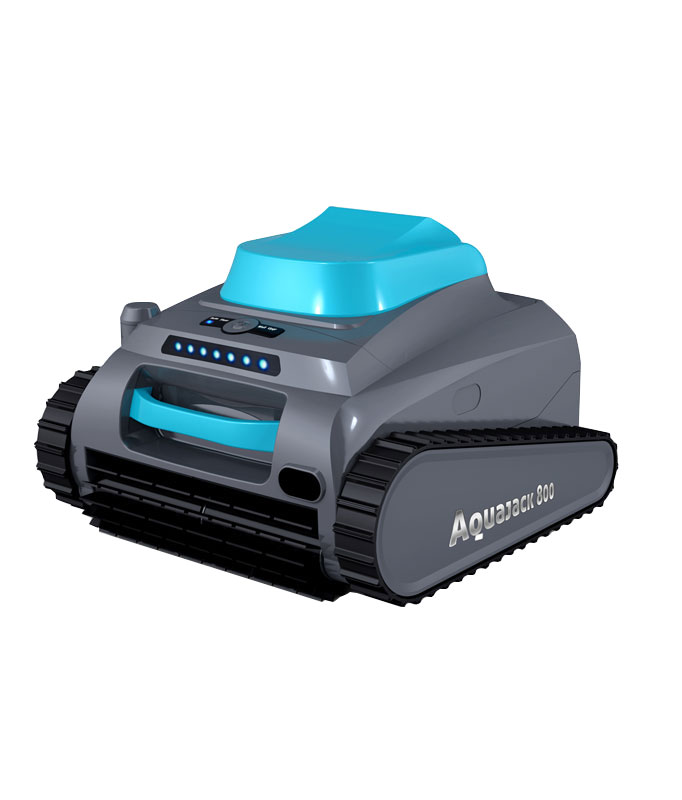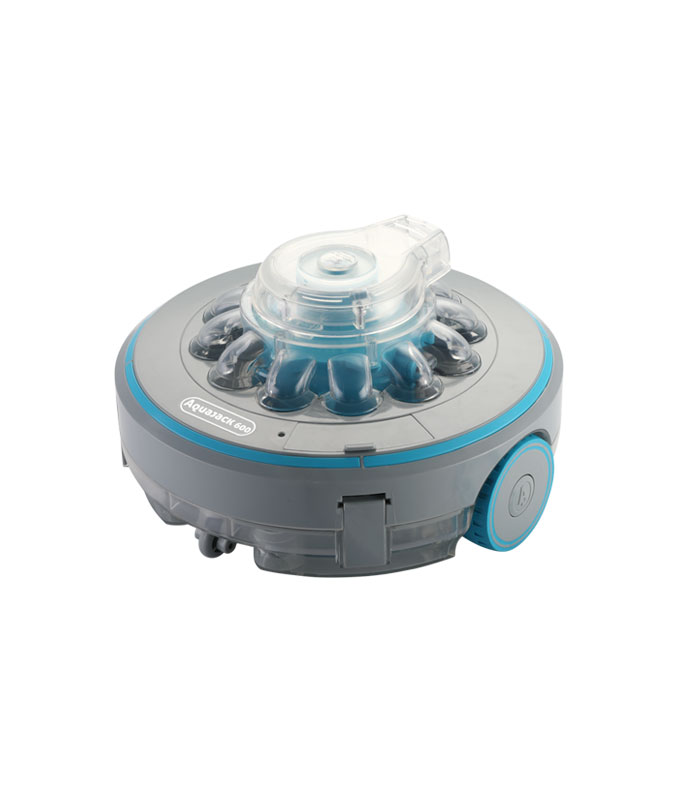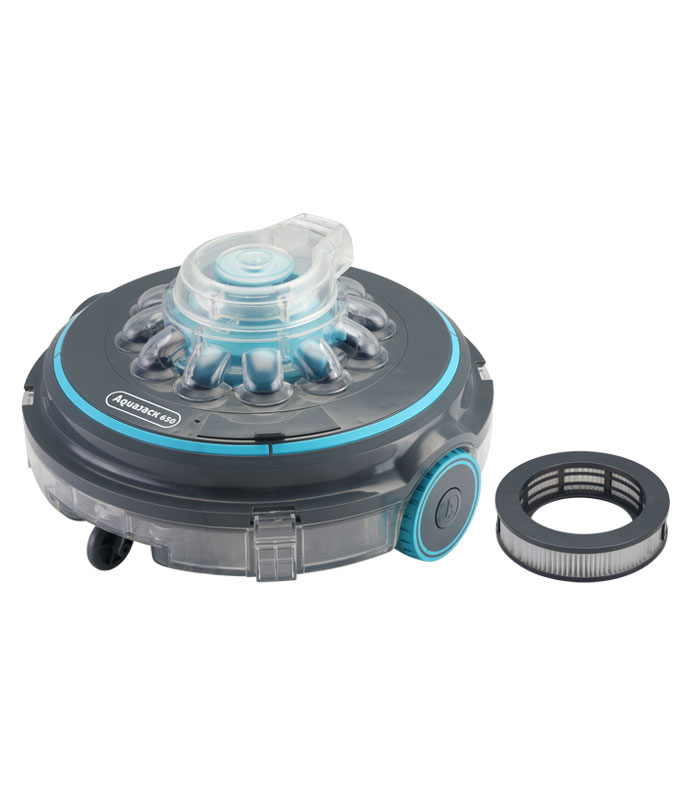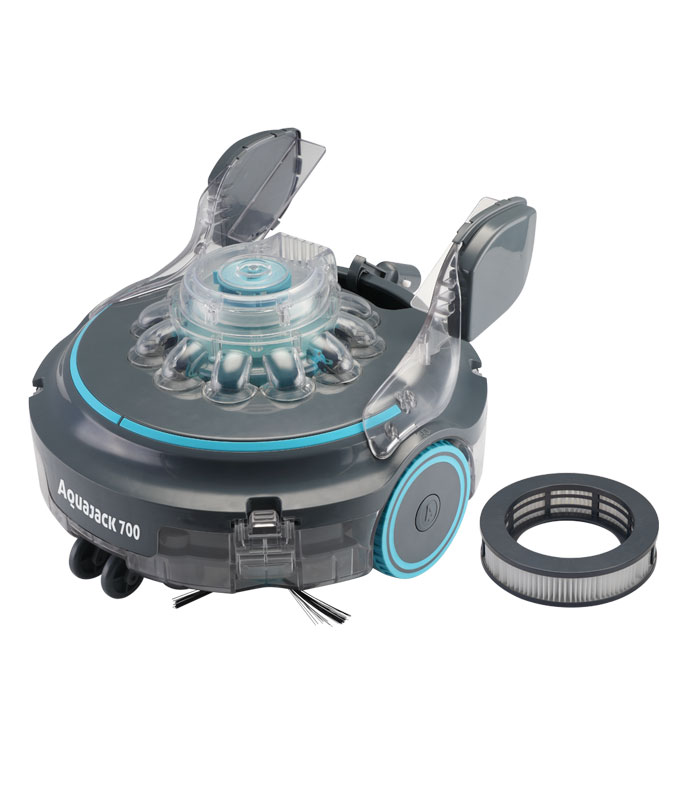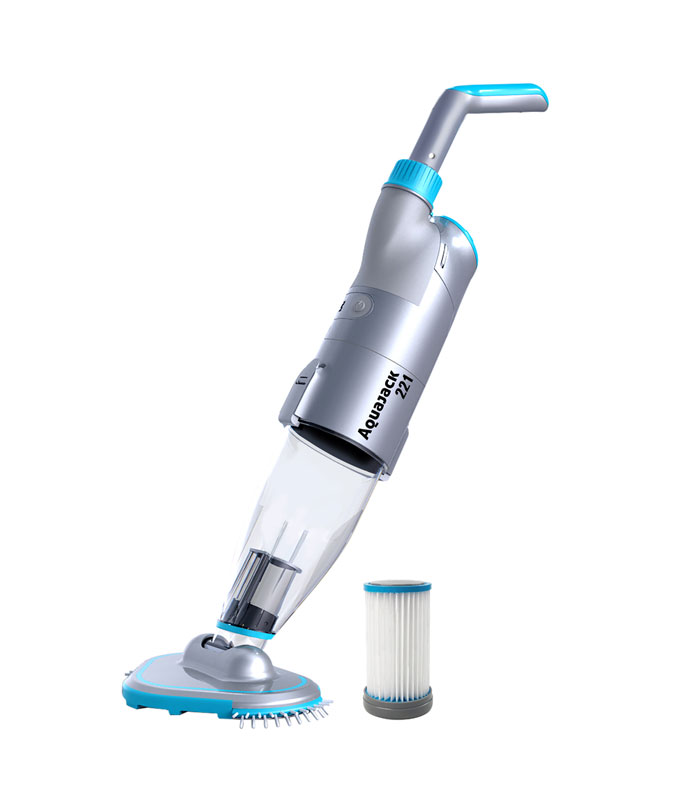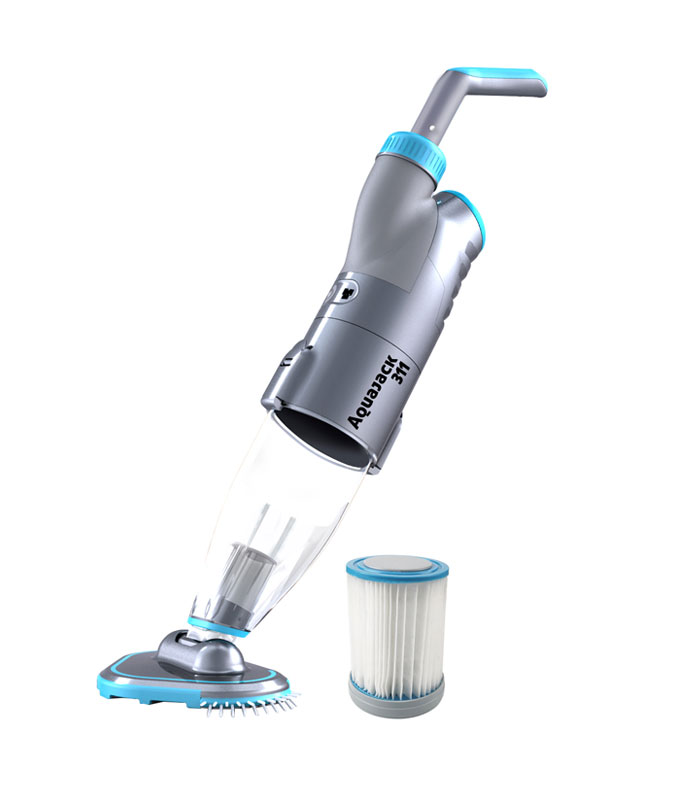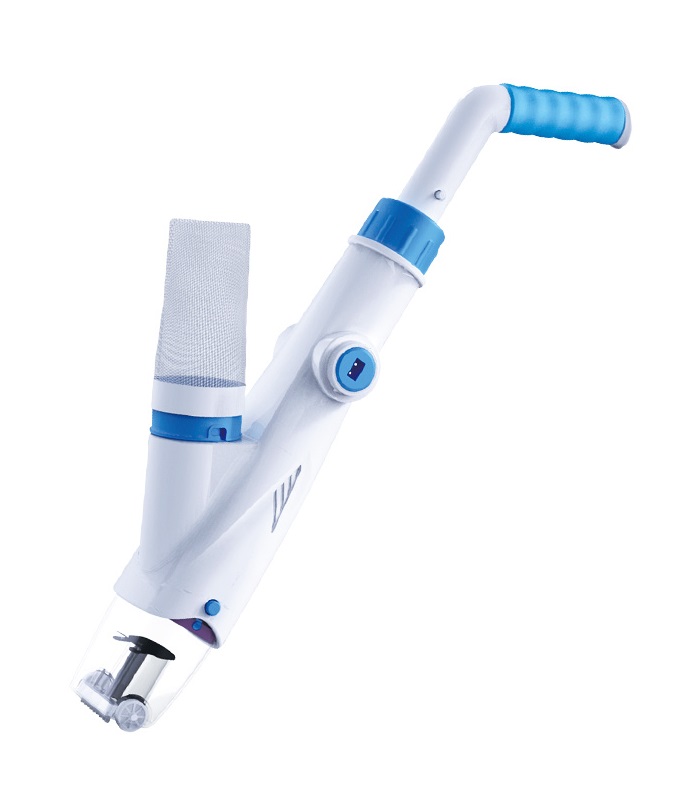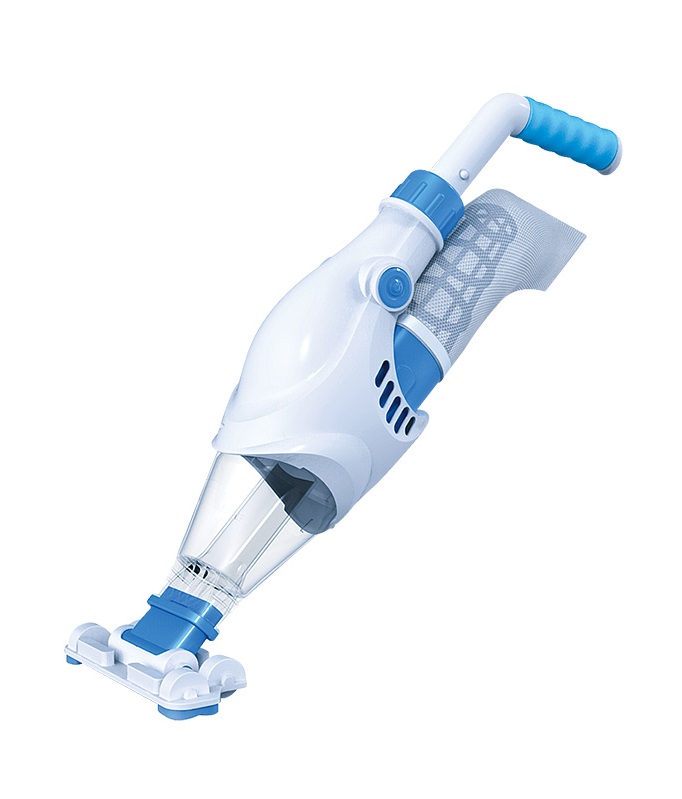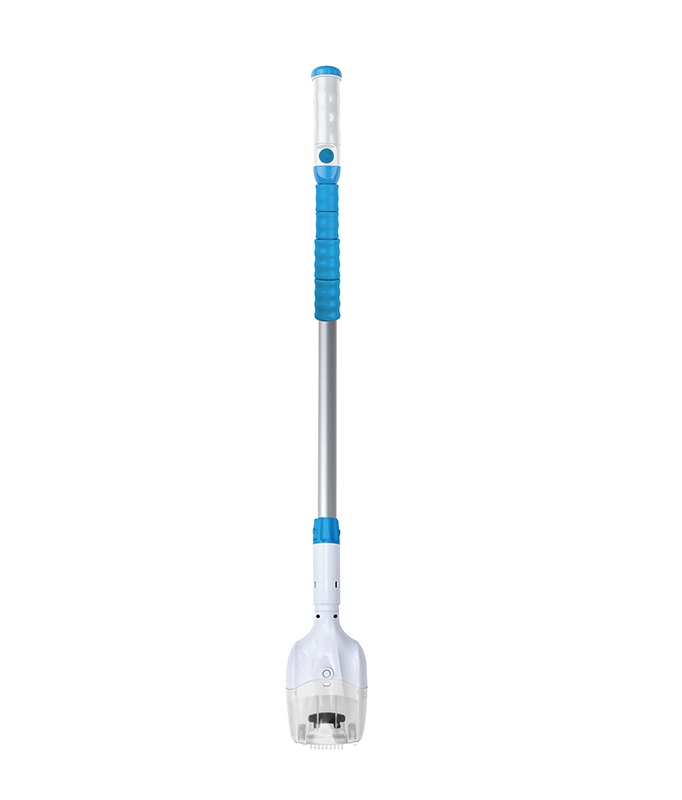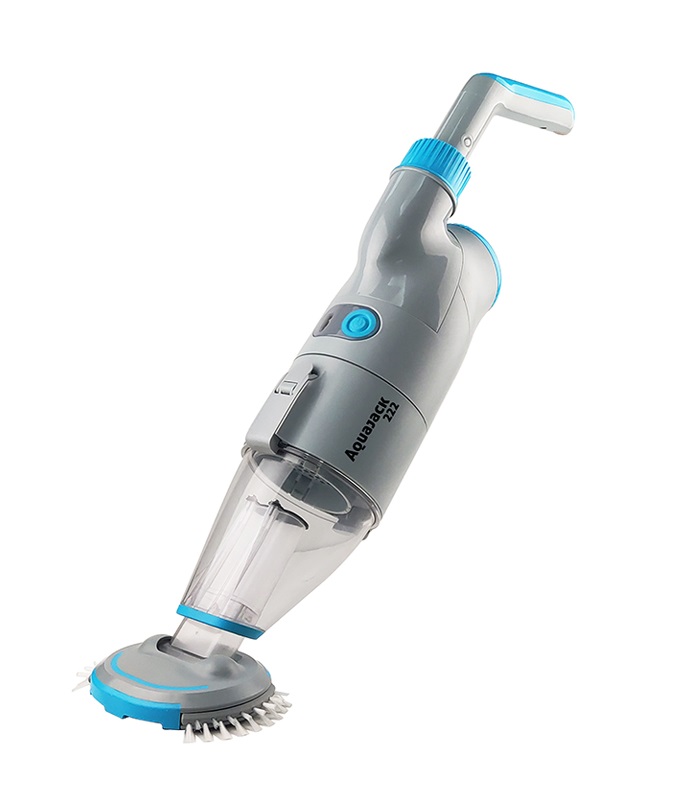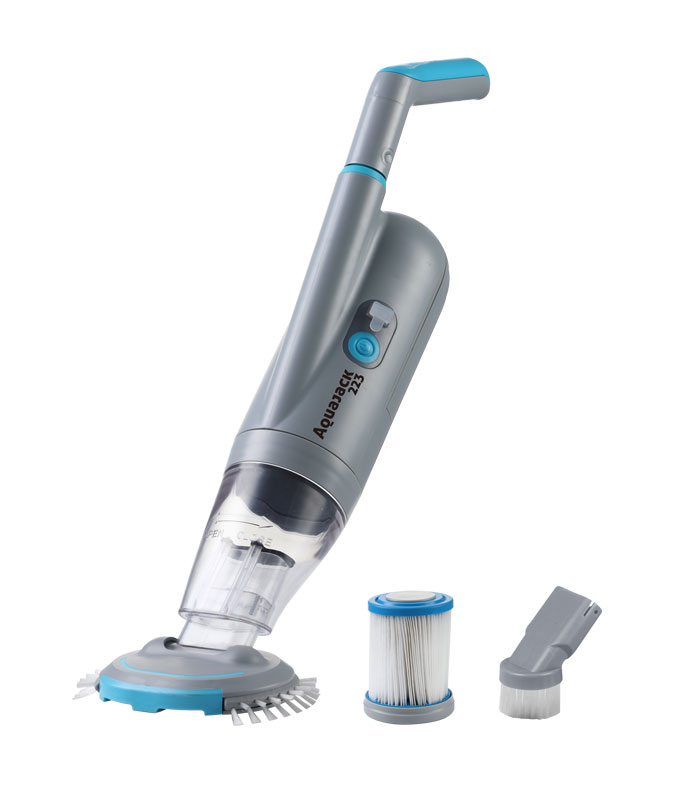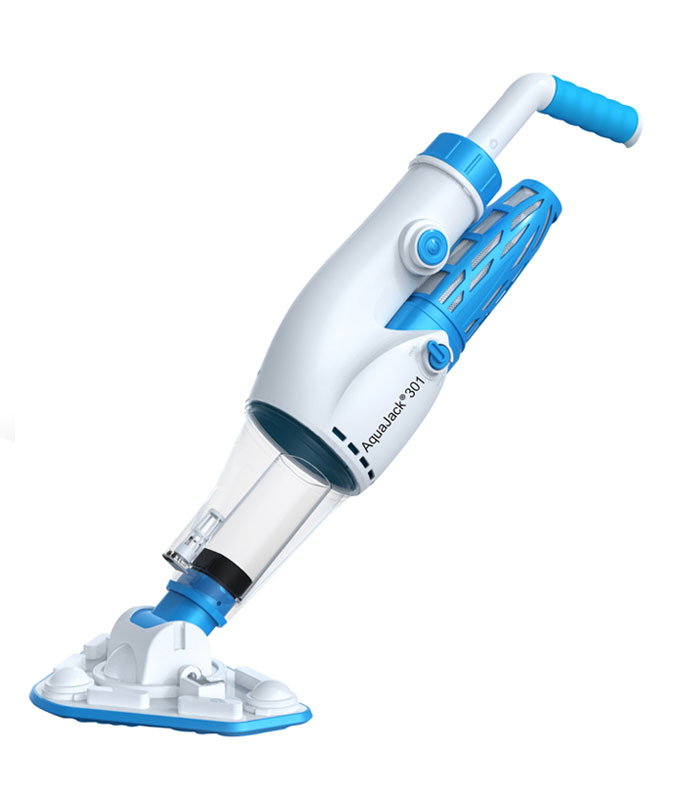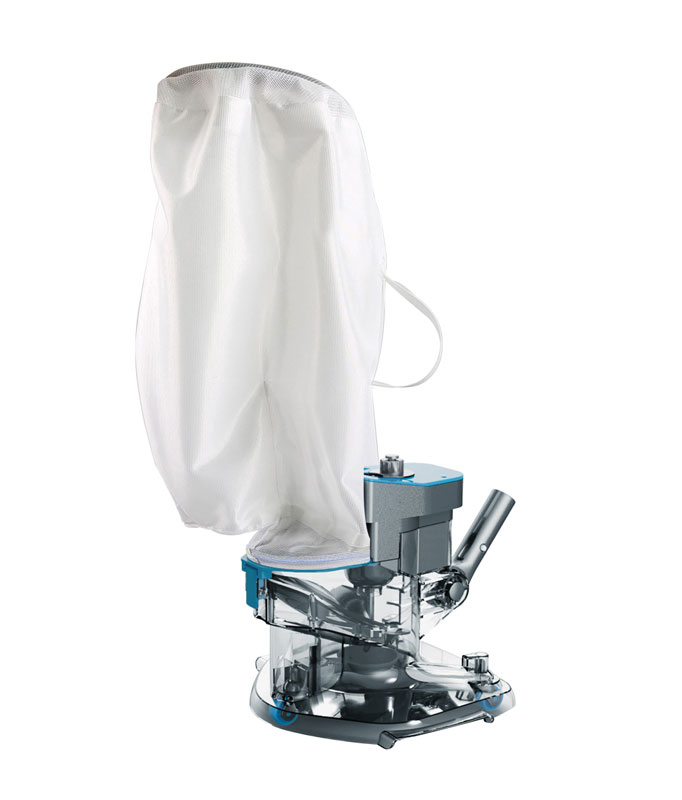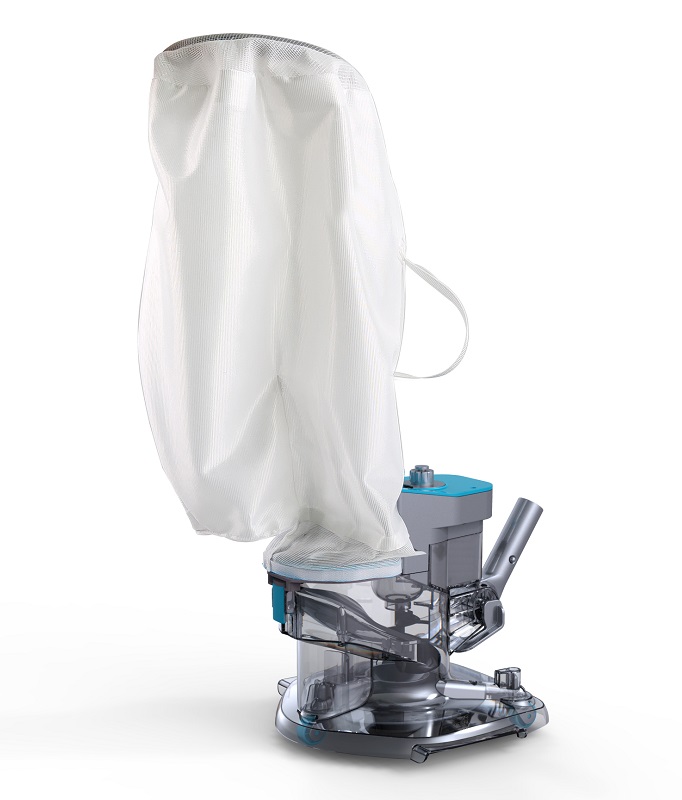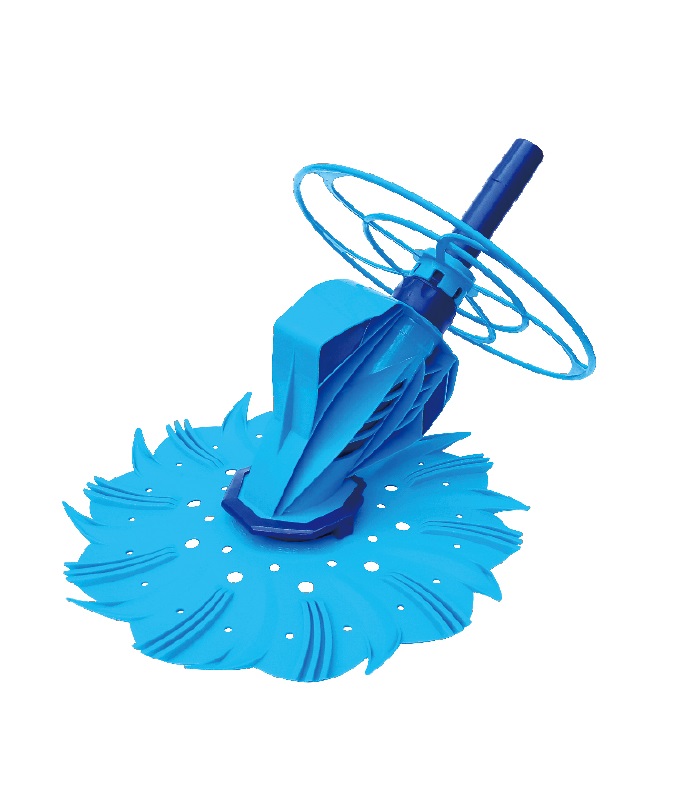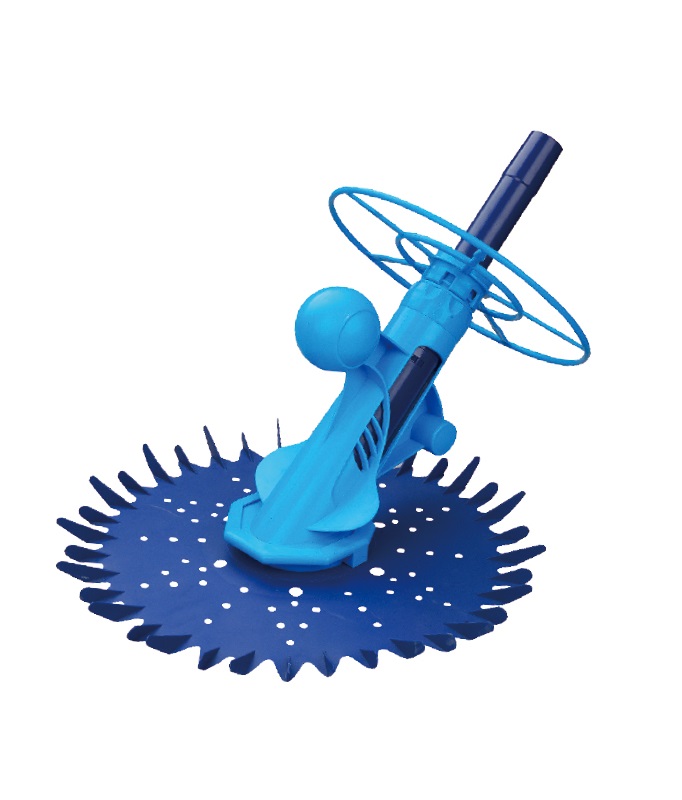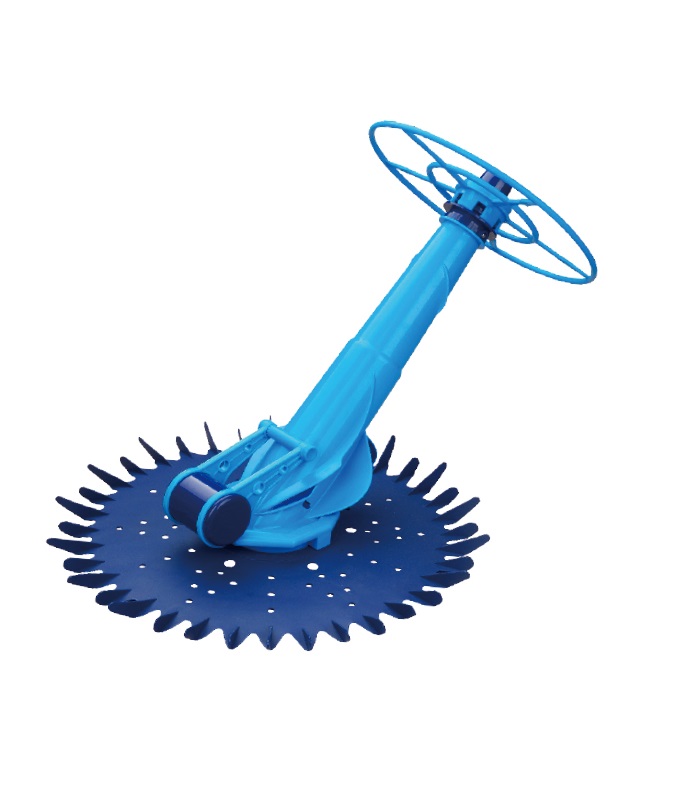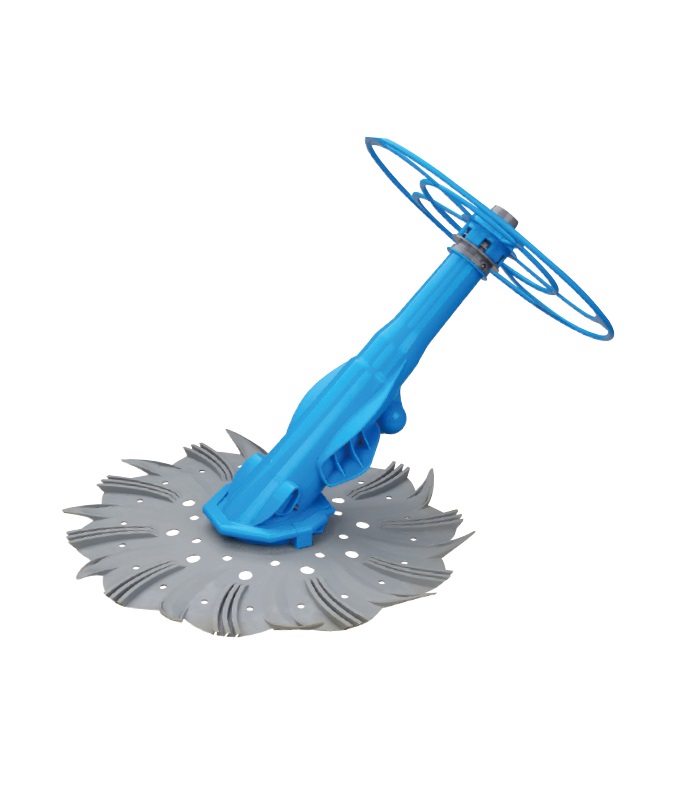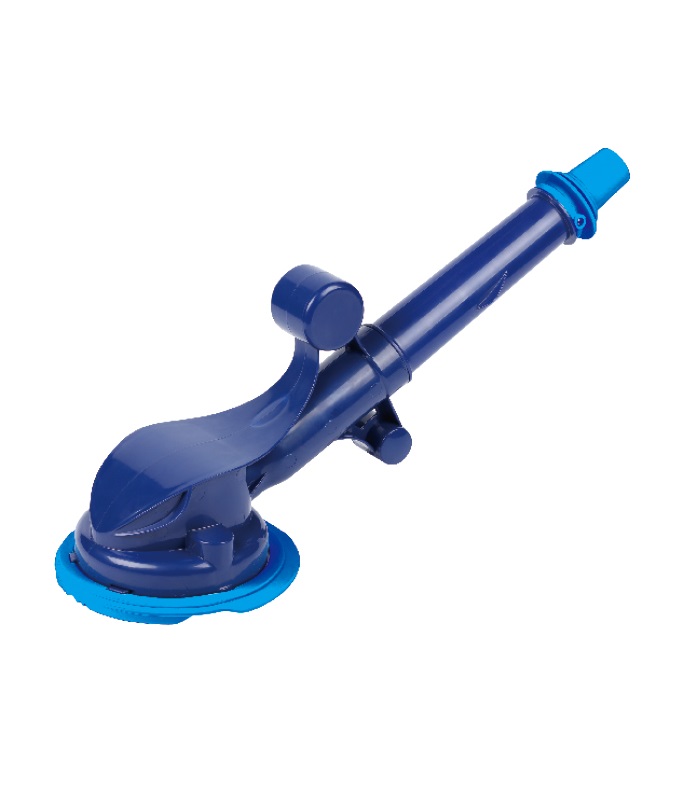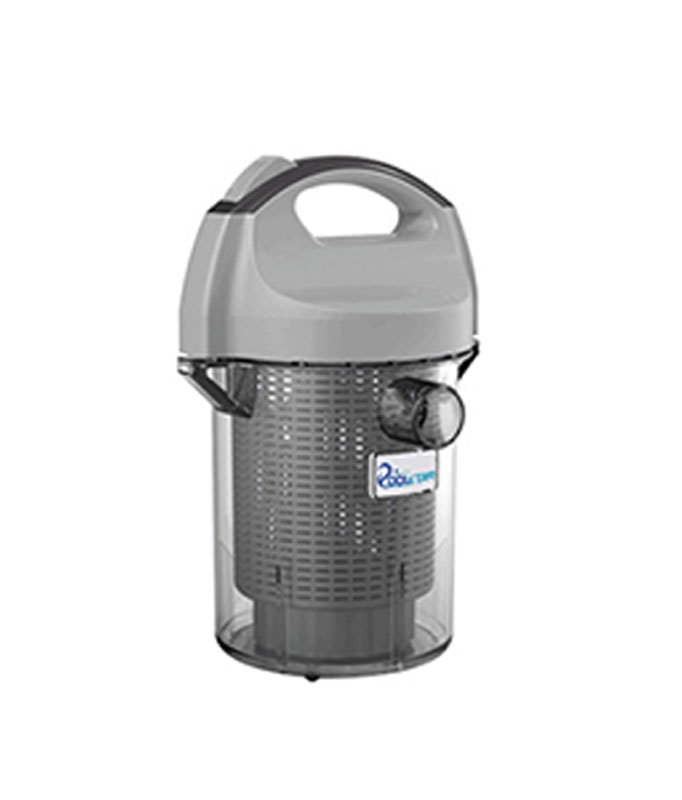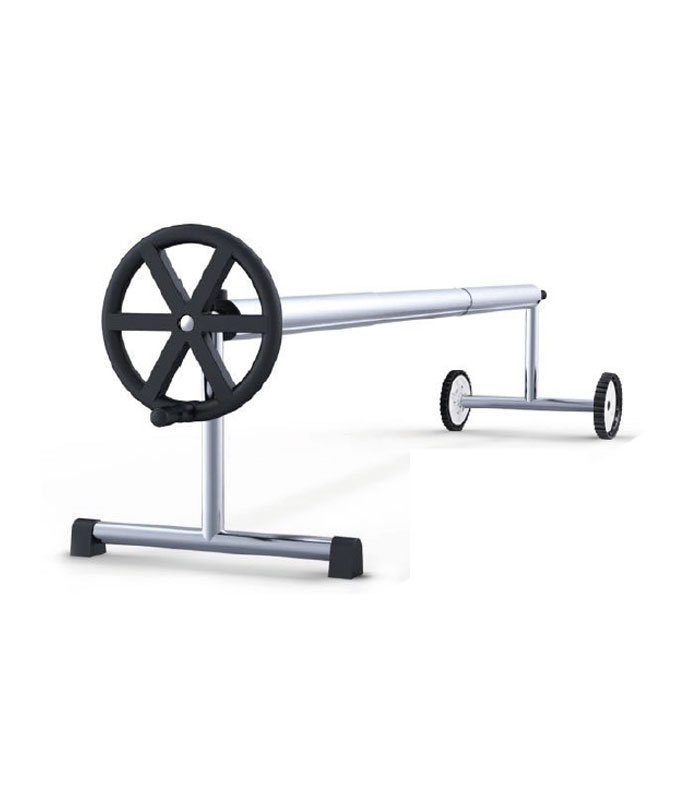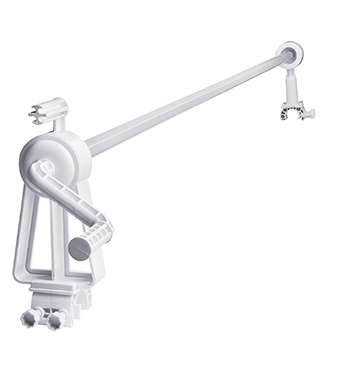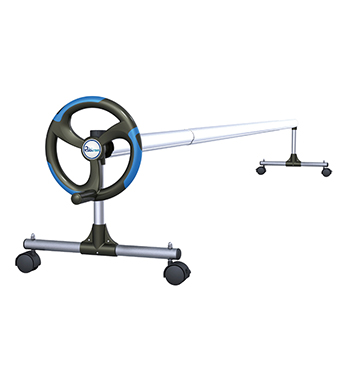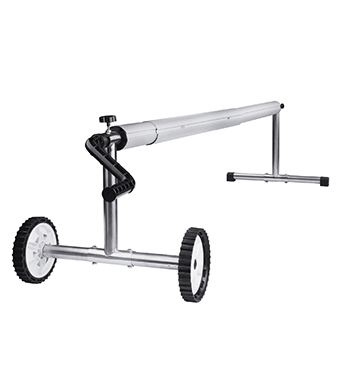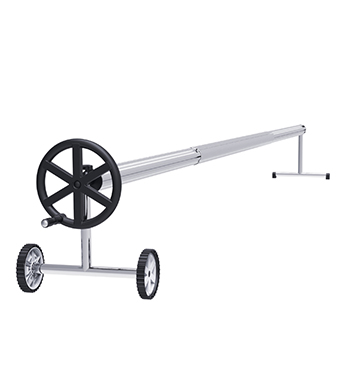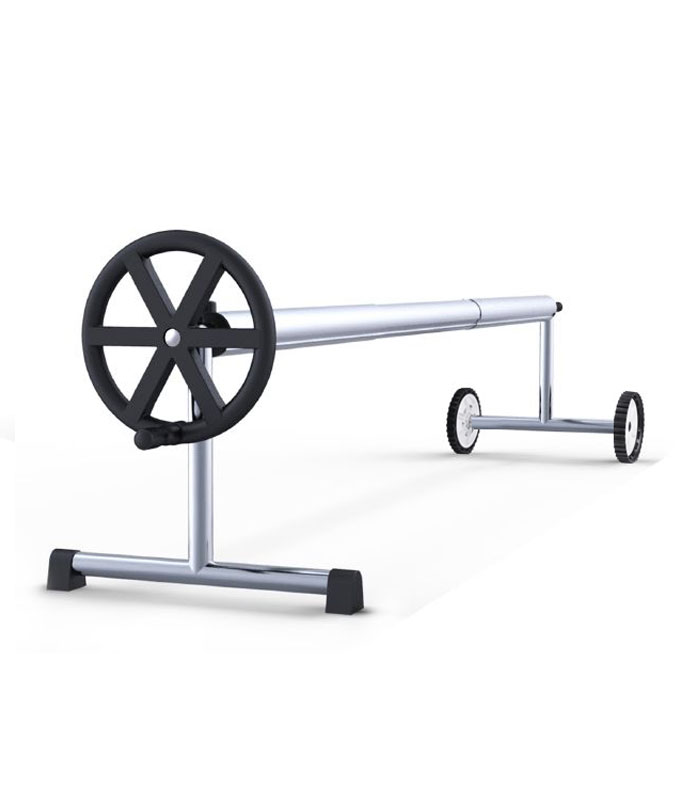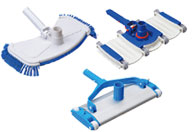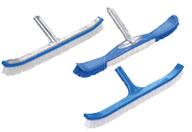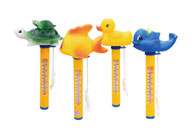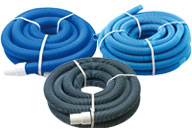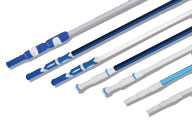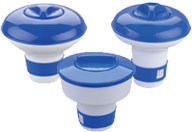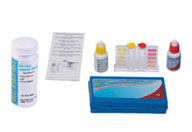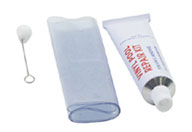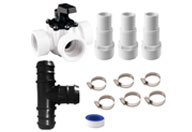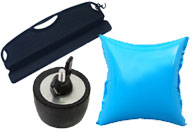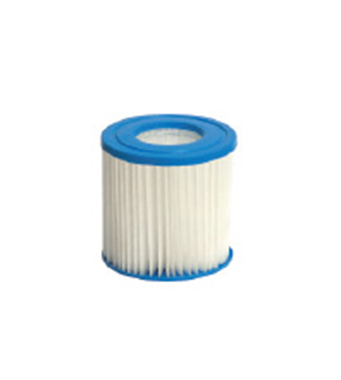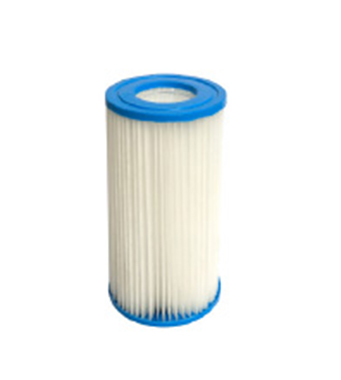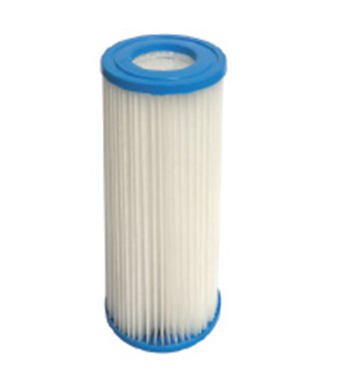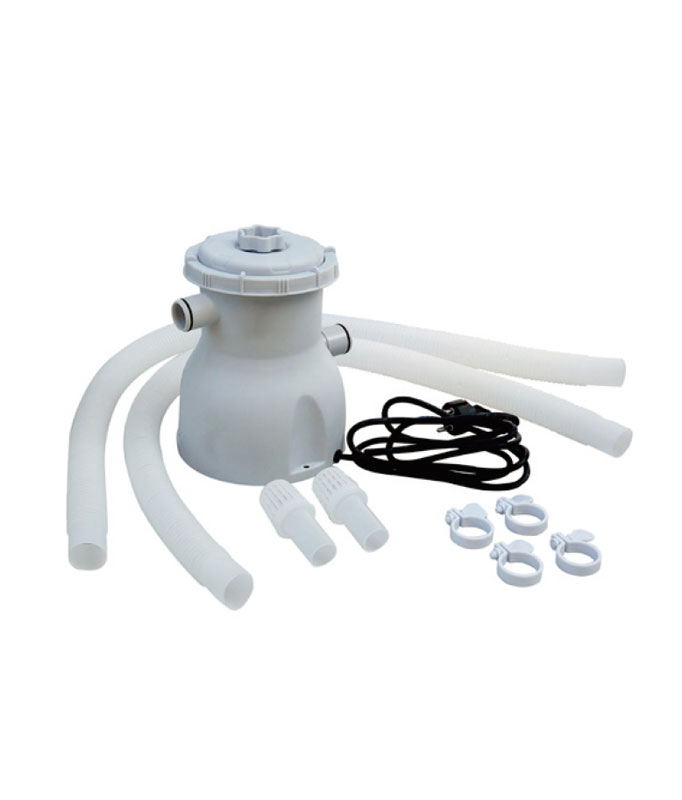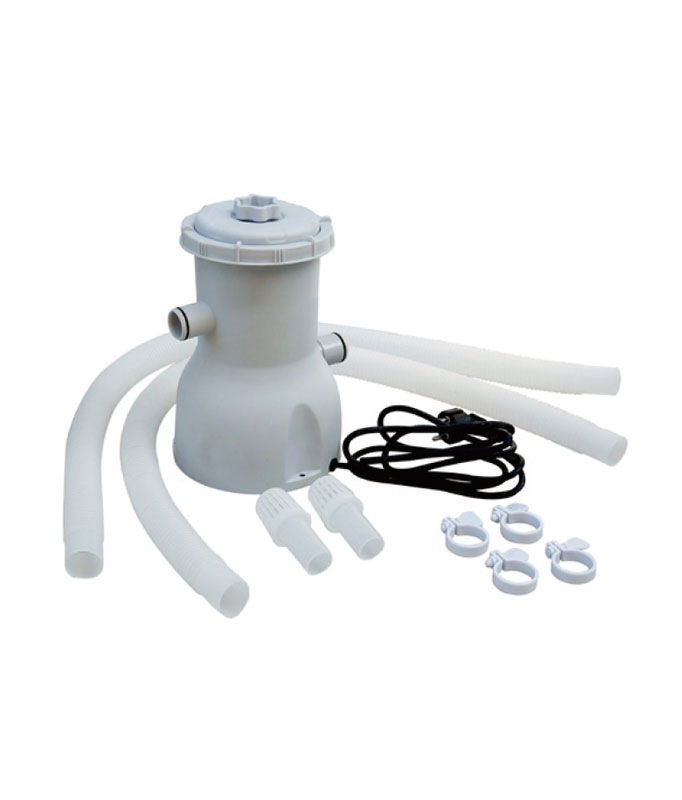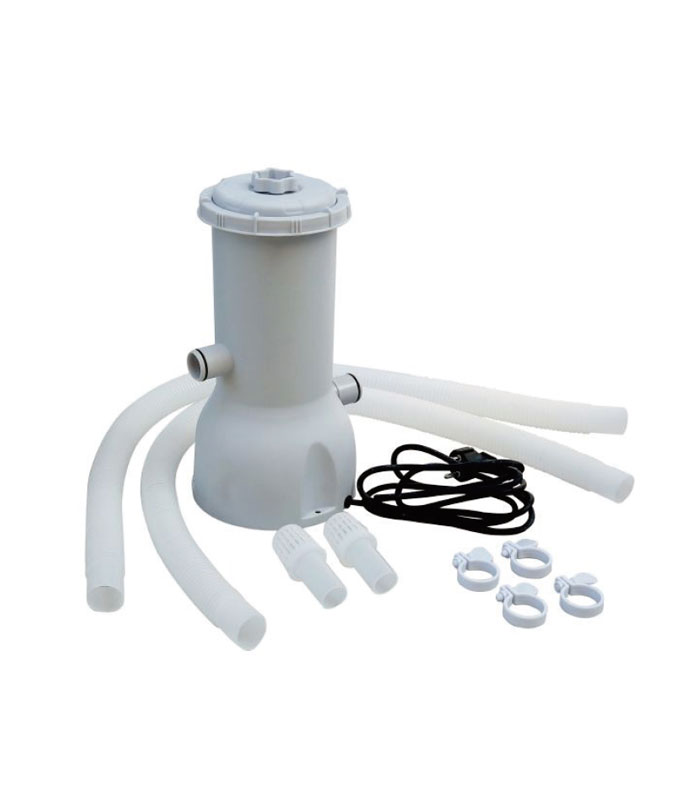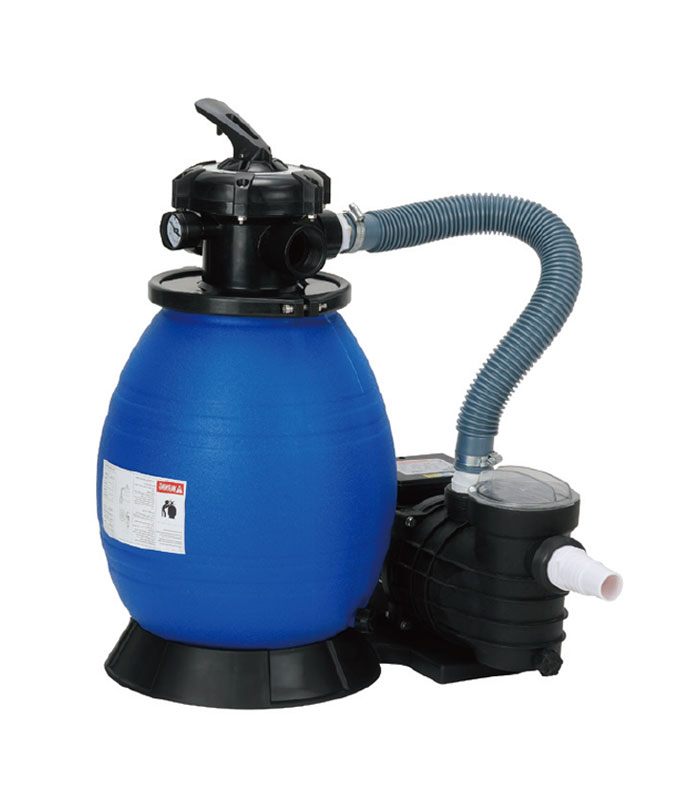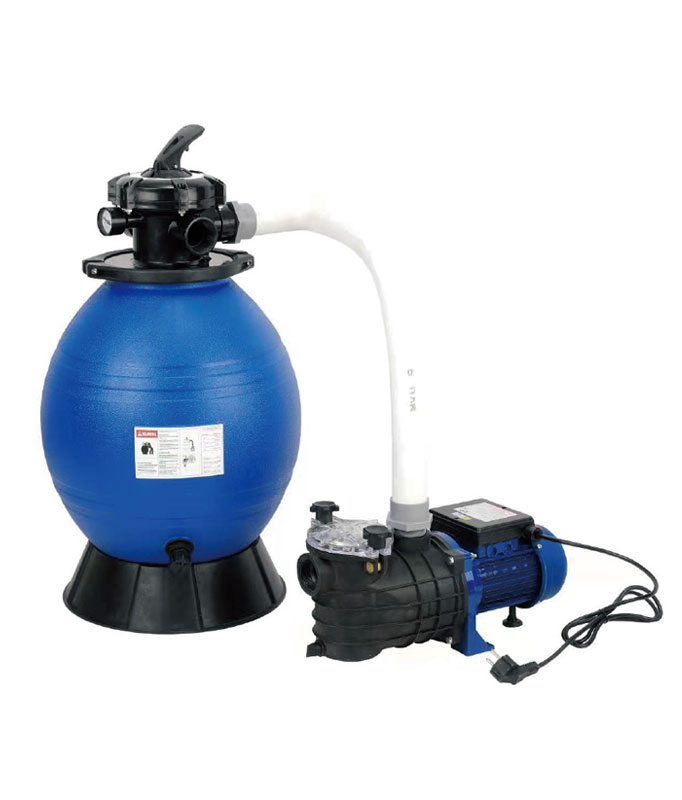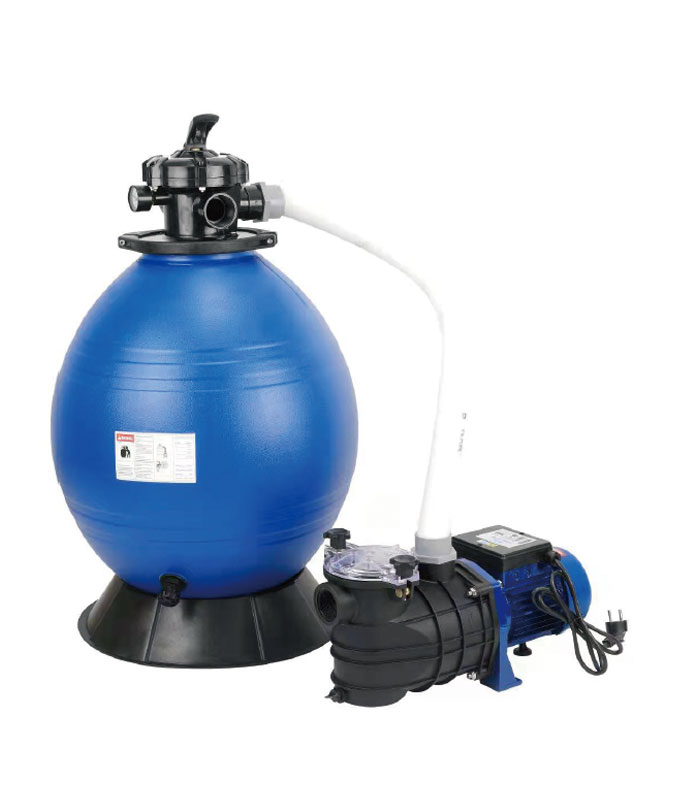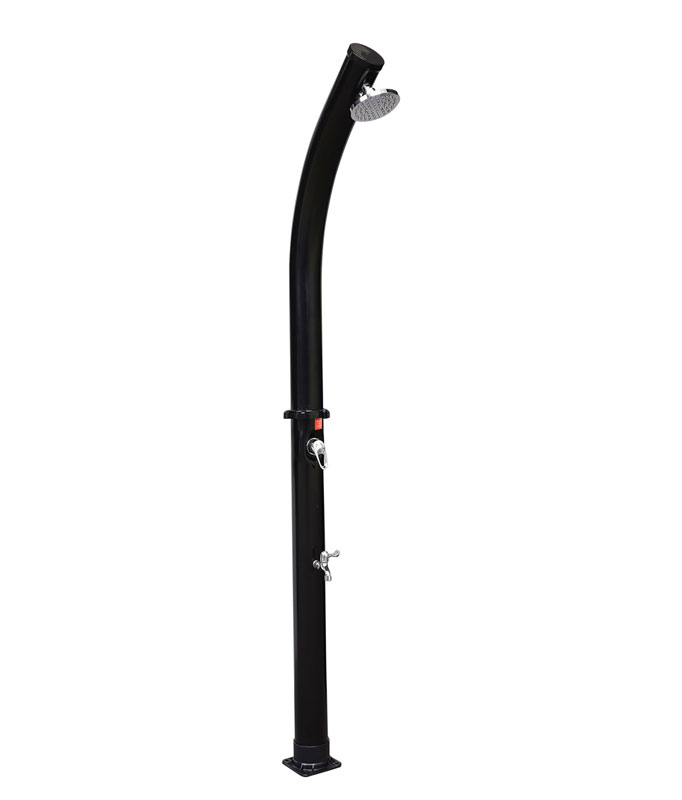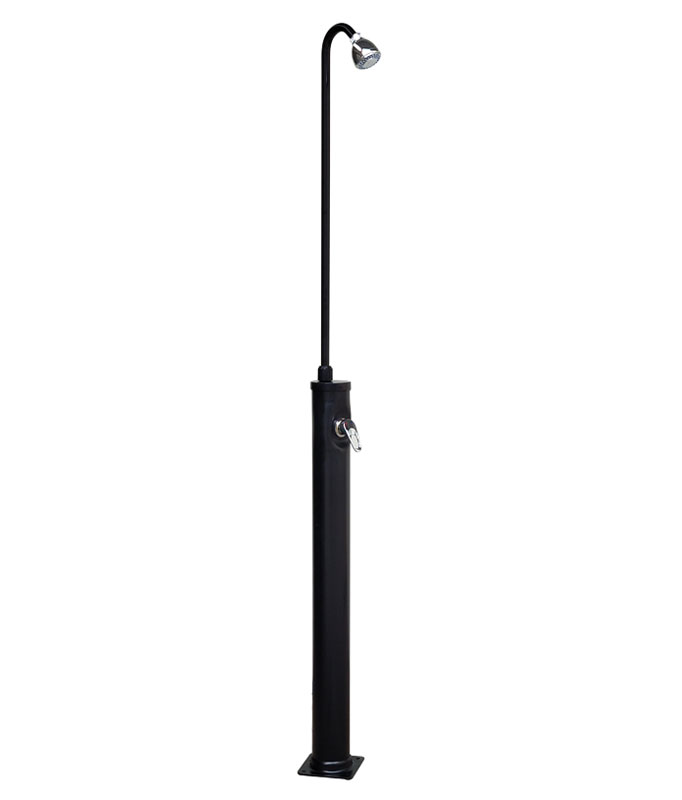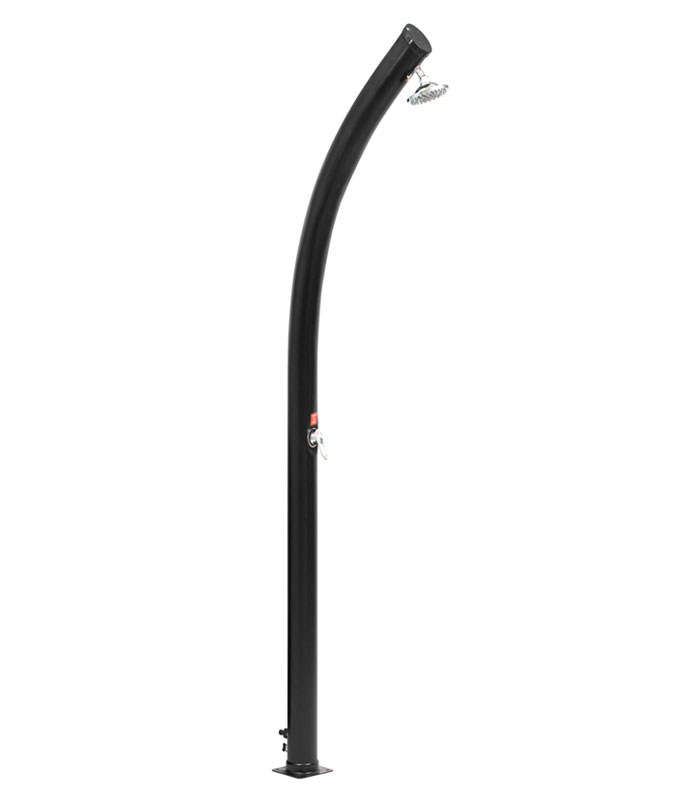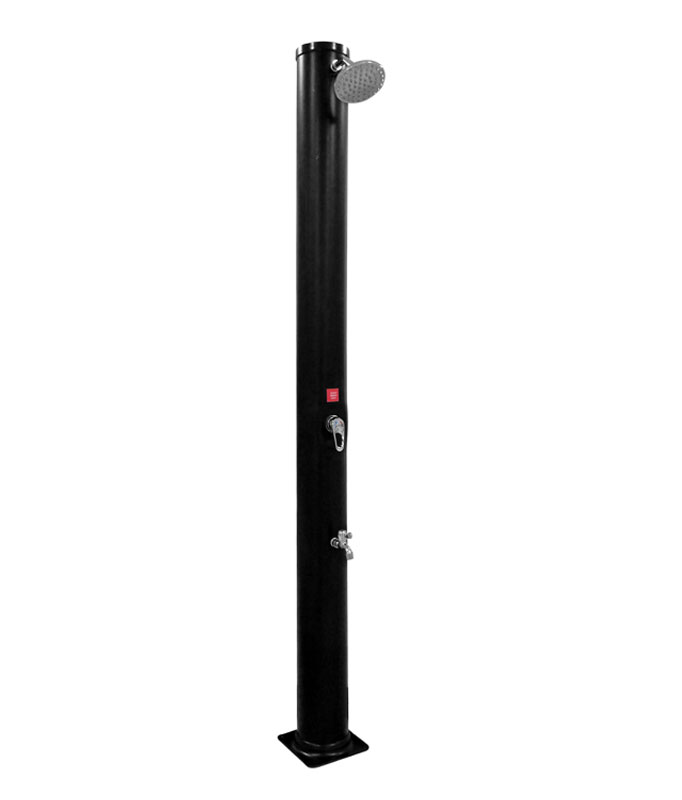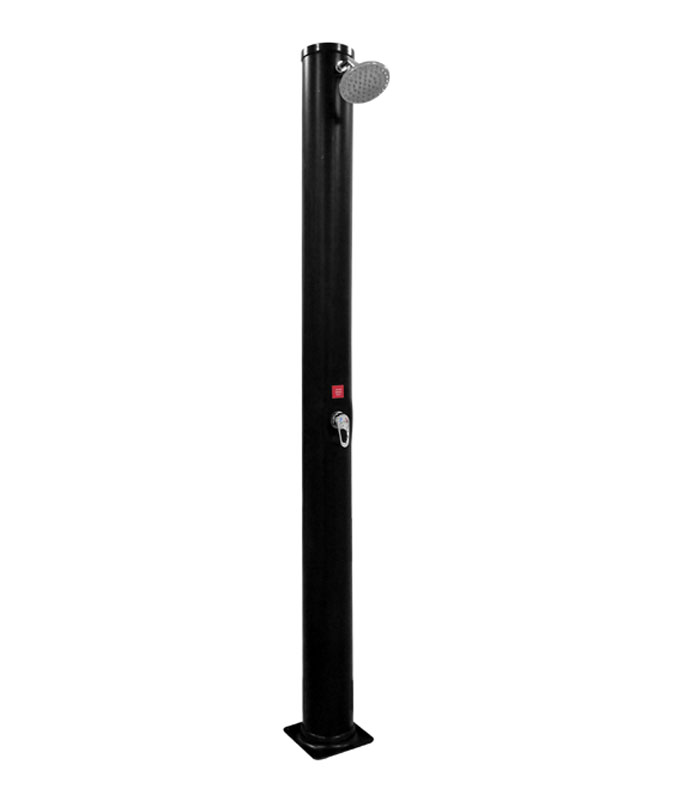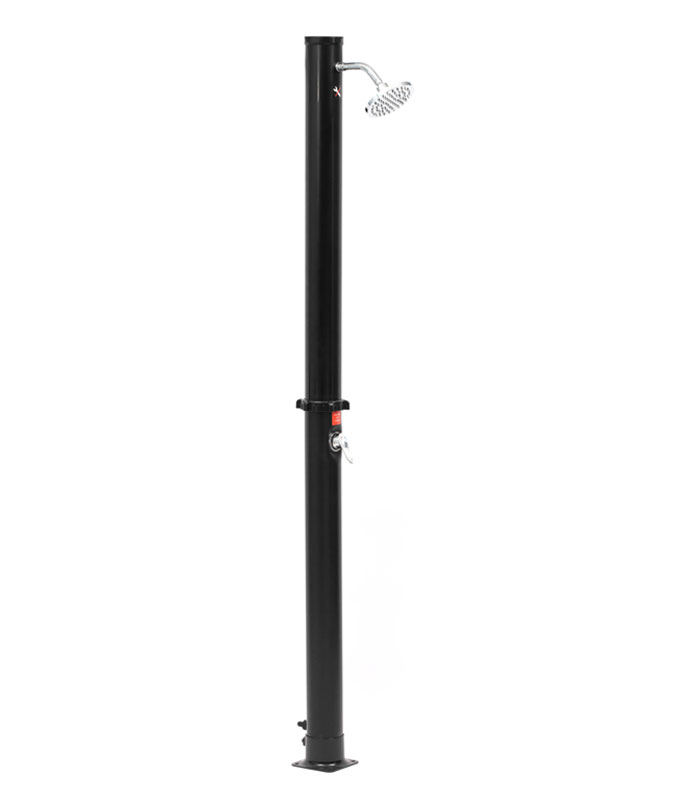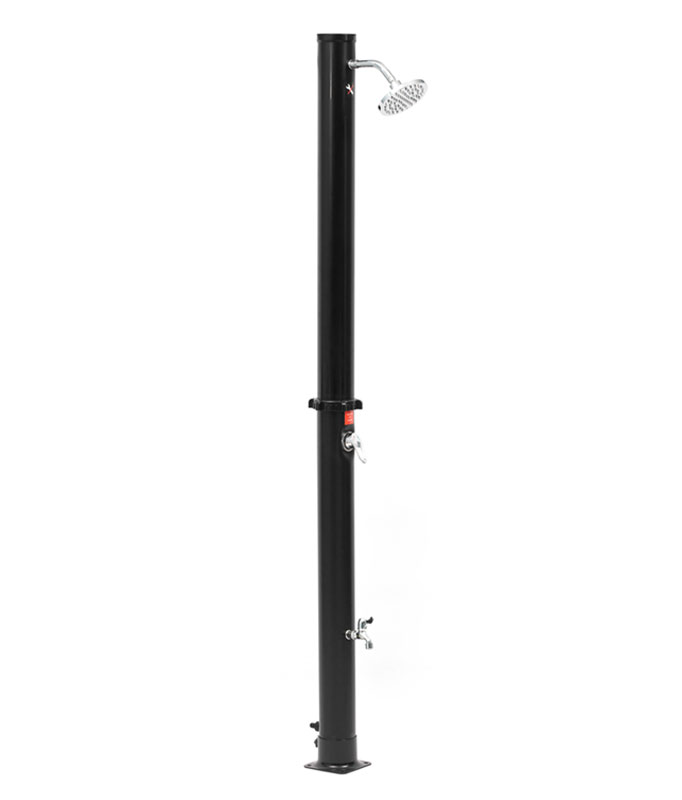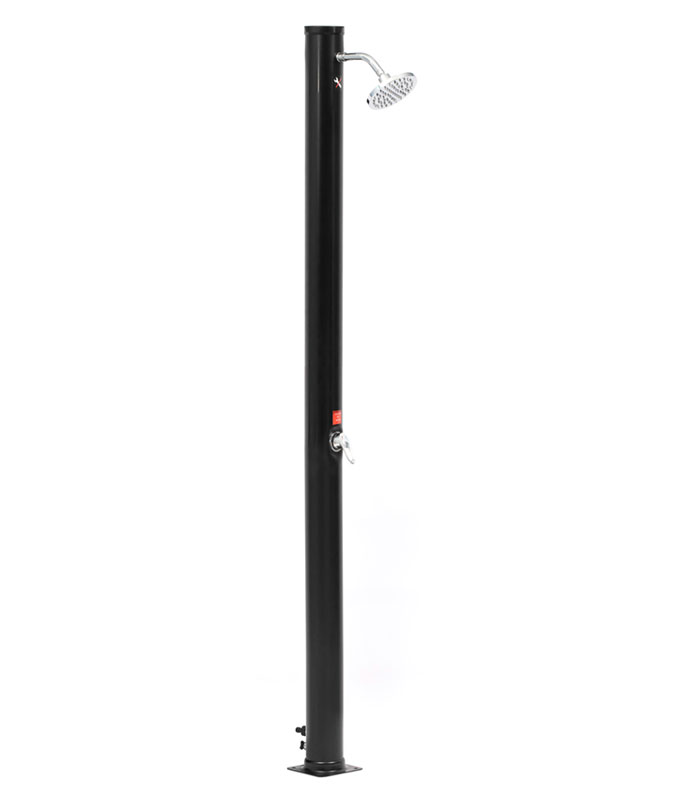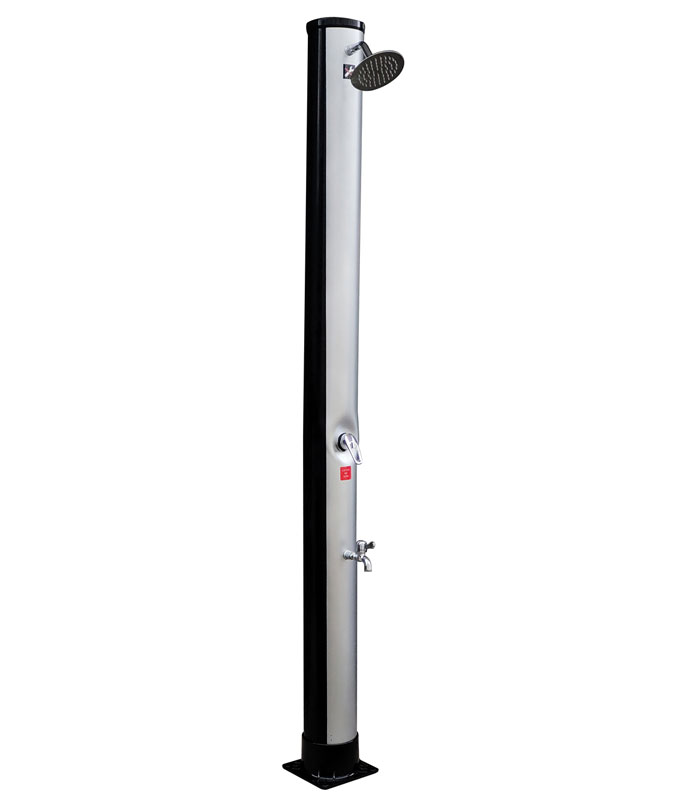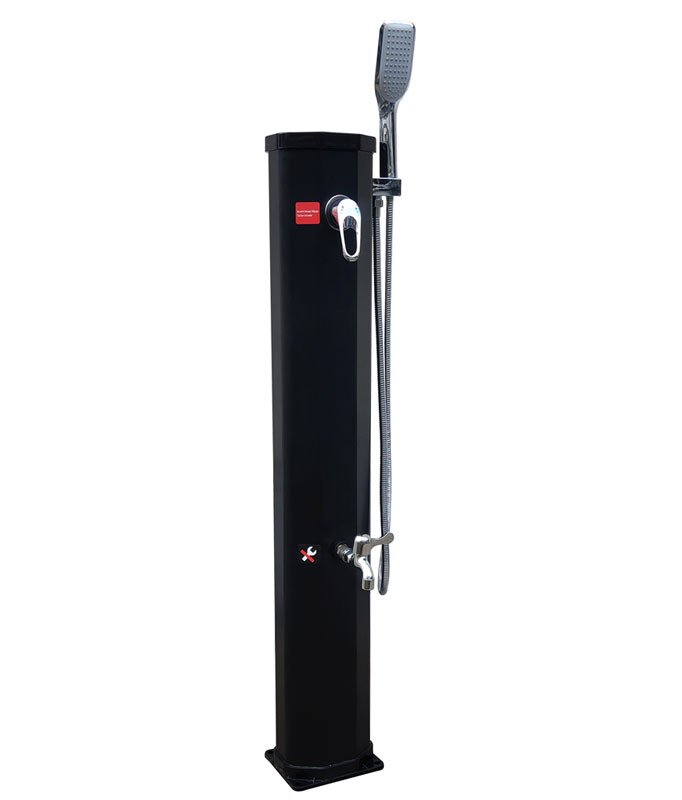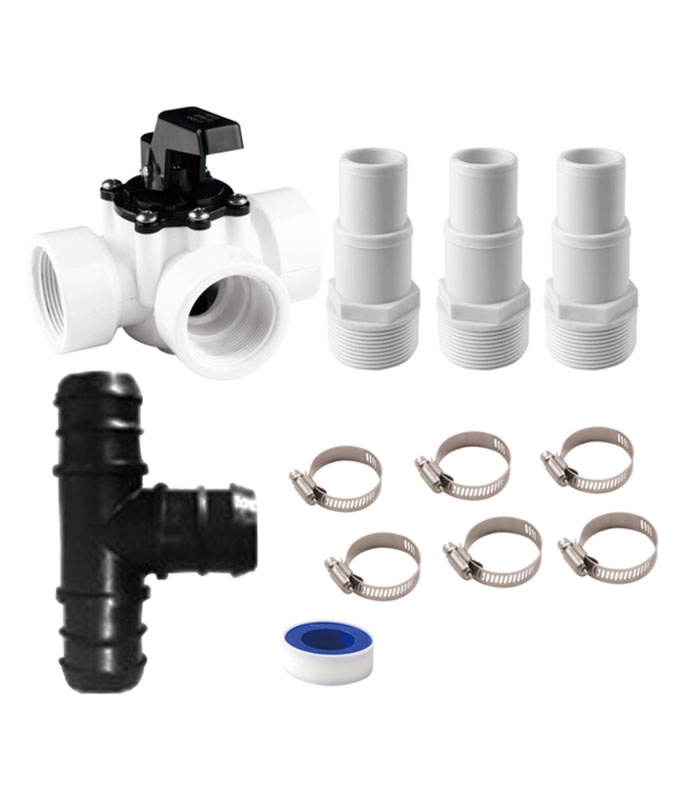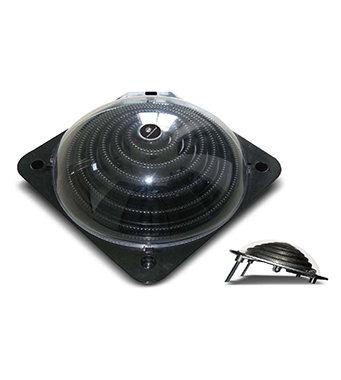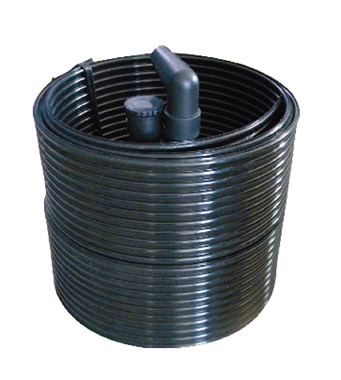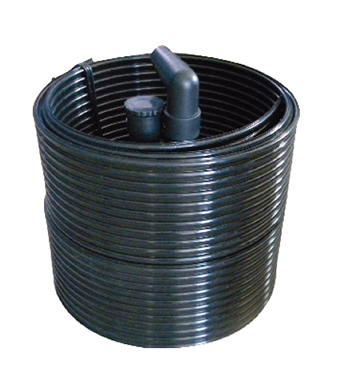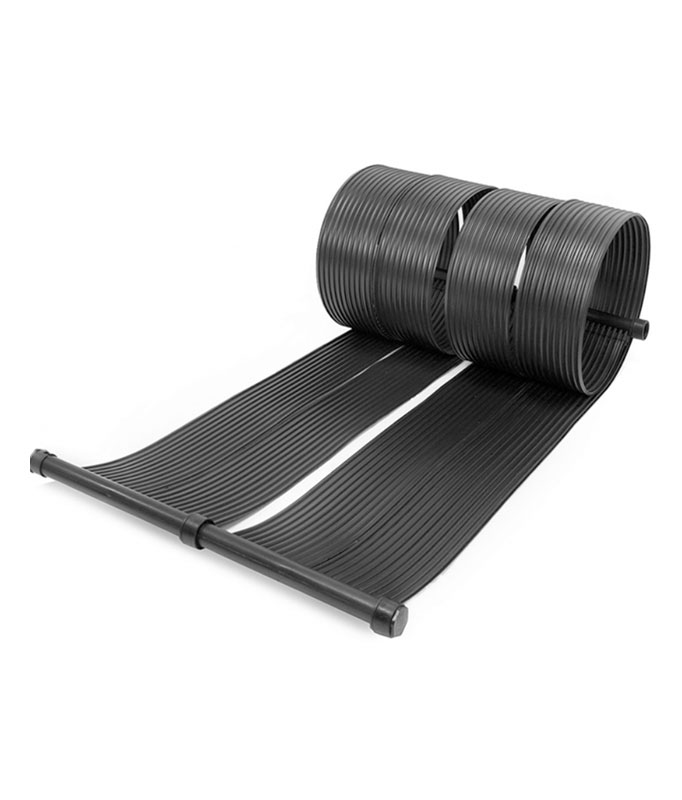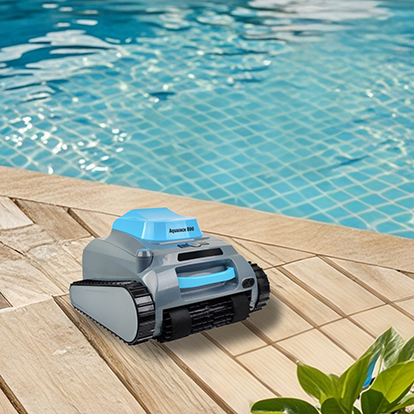
Robotic pool cleaner filtration systems use specialized filters to trap dirt and debris. Dual-Stage Filtration: Robotic Pool Cleaner’s Micron-Level Particle Capture removes both large leaves and tiny particles.
Pool owners should check how filters work before choosing a model. Learn more at https://www.cnpoolstar.com/product/aquajack-800-cordless-robotic-pool-cleaner-440.html.
Key Takeaways
- Dual-stage filtration uses two filters to catch both large debris and tiny particles, keeping pool water clearer and healthier.
- A strong filtration system helps reduce chemicals, prevents algae growth, and makes pool maintenance easier and less frequent.
- Regularly cleaning both filters ensures the robotic cleaner works efficiently, saving time and money while improving pool hygiene.
Filtration’s Impact on Pool Cleanliness
How Filtration Maintains Pool Health
A pool filter acts as the first line of defense against dirty water. The filter removes unwanted particles from the water. Clean water helps swimmers stay healthy. Bacteria and algae cannot grow easily in filtered water. A strong filtration system keeps the water clear and safe. Pool owners notice fewer problems with cloudy water when the filter works well.
Tip: Regularly check and clean the filter to keep it working at its best.
Filtration also helps pool chemicals work better. When the water stays clean, chlorine and other chemicals can do their job. This means the pool needs fewer chemicals over time. Swimmers enjoy a more comfortable and safe swimming experience.
Types of Debris and Contaminants
Pools collect many types of debris every day. Some debris floats on the surface, while other particles sink to the bottom. Robotic pool cleaners must handle all of these.
Common debris and contaminants include:
- Leaves and twigs
- Grass clippings
- Insects
- Sand and dirt
- Sunscreen and body oils
|
Debris Type |
Size |
Where It Comes From |
|
Leaves/Twigs |
Large |
Trees, wind |
|
Insects |
Medium |
Air, plants |
|
Sand/Dirt |
Small |
Swimmers, wind, rain |
|
Oils/Chemicals |
Very Small |
Swimmers, products |
A good filtration system captures both large and tiny particles. This keeps the pool water clear and healthy for everyone.
Filtration Systems in Robotic Pool Cleaners
Single-Stage Filtration Basics
Robotic pool cleaners use different types of filtration systems. Many entry-level models rely on single-stage filtration. In this system, water passes through one filter as the robot moves around the pool. The filter traps debris like leaves, twigs, and dirt. Single-stage filters often use mesh or fabric material. The mesh size determines what the filter can catch. Large mesh works well for leaves and twigs. Fine mesh can trap sand and dirt.
Single-stage filtration offers a simple way to clean pool water. The robot collects debris in a filter basket or bag. Pool owners remove the basket and rinse it out. This process keeps the filter working well. However, single-stage systems may struggle with very fine particles. Some dirt and oils can slip through the filter. Water may look clean, but tiny particles can remain.
Note: Single-stage filtration works best for pools with light debris and regular cleaning schedules.
Dual-Stage Filtration: Robotic Pool Cleaner’s Micron-Level Particle Capture
Advanced robotic pool cleaners use a more powerful system called Dual-Stage Filtration: Robotic Pool Cleaner’s Micron-Level Particle Capture. This system uses two separate filters inside the robot. The first filter catches large debris like leaves and insects. The second filter targets much smaller particles, even those measured in microns.
A micron is one-millionth of a meter. Many harmful particles in pool water are smaller than a grain of sand. Dual-Stage Filtration: Robotic Pool Cleaner’s Micron-Level Particle Capture removes these tiny particles. The result is clearer and healthier water. Swimmers notice less cloudiness and fewer odors.
The process works in two steps:
- The robot pulls water through a coarse filter. This filter traps large debris.
- The water then passes through a fine filter. This filter captures dust, pollen, and oils.
|
Filtration Stage |
Debris Size Captured |
Example Debris |
|
First Stage |
Large (over 100 microns) |
Leaves, twigs, insects |
|
Second Stage |
Small (down to 2 microns) |
Sand, pollen, oils |
Dual-Stage Filtration: Robotic Pool Cleaner’s Micron-Level Particle Capture gives pool owners better results. The system reduces the need for manual cleaning. It also helps pool chemicals work more effectively. Many pool owners choose this technology for its ability to keep water sparkling clean.
Tip: Dual-stage filtration systems often require less frequent filter cleaning because each stage handles different debris sizes.
Mechanics of Dual-Stage Filtration
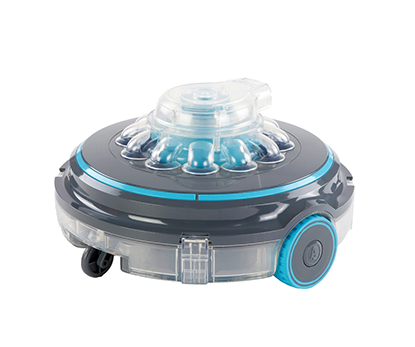
First Stage: Removing Large Debris
The first stage in a dual-stage filtration system focuses on large debris. Robotic pool cleaners pull water through a coarse filter. This filter acts like a net. It catches leaves, twigs, and insects before they can reach the next stage. The filter basket or tray holds these bigger items. Pool owners can easily remove and empty the basket.
A strong first stage helps the robot work longer without clogging. Large debris often blocks fine filters if not removed early. By trapping these items first, the system protects the second filter. This process also keeps the water flowing smoothly through the cleaner.
Note: Regularly emptying the first-stage filter helps the robot maintain top performance.
The first stage makes pool cleaning easier. It reduces the amount of manual skimming needed. Pool owners see fewer leaves and bugs floating in their water.
Second Stage: Capturing Fine Particles
The second stage targets much smaller particles. After the water passes through the coarse filter, it moves to a fine filter. This filter can trap particles as small as two microns. Dust, pollen, sand, and oils get caught here. These tiny particles often cause cloudy water and can carry bacteria.
Dual-Stage Filtration: Robotic Pool Cleaner’s Micron-Level Particle Capture uses advanced filter materials. These materials can hold fine debris without letting it escape back into the pool. The system keeps water clear and safe for swimmers.
| Stage |
Debris Size Caught |
Example Debris |
|
First Stage |
Over 100 microns |
Leaves, twigs, bugs |
|
Second Stage |
Down to 2 microns |
Sand, pollen, oils |
Dual-Stage Filtration: Robotic Pool Cleaner’s Micron-Level Particle Capture works in two steps. The first stage removes the big debris. The second stage captures the fine particles. This two-step process gives pool owners cleaner water and less work.
Tip: Fine filters need cleaning less often when the first stage works well. Always check both filters for best results.
Dual-Stage vs. Single-Stage Filtration
Debris Removal Efficiency
Dual-stage filtration systems remove more types of debris than single-stage systems. A single-stage filter usually catches large debris, such as leaves and twigs. Fine particles, like sand and pollen, often pass through. Dual-stage systems use two filters. The first filter traps large debris. The second filter captures fine particles down to a few microns.
| Filtration Type |
Large Debris |
Fine Particles |
Oils & Pollen |
|
Single-Stage |
✅ |
❌ |
❌ |
|
Dual-Stage |
✅ |
✅ |
✅ |
Robotic pool cleaners with dual-stage filtration work longer without clogging. The first filter protects the second filter from large debris. This design helps the cleaner maintain strong suction and performance. Pool owners spend less time cleaning filters and more time enjoying their pools.
Tip: Dual-stage systems handle heavy debris loads better during storms or windy days.
Water Clarity and Hygiene
Water clarity improves with dual-stage filtration. The second filter removes tiny particles that cause cloudy water. Swimmers notice clearer water and fewer floating particles. Clean water also feels better on the skin.
Dual-stage systems also help keep the pool healthier. Fine filters trap bacteria and oils that single-stage filters miss. This reduces the risk of algae growth and unpleasant odors. Pool chemicals work more effectively in cleaner water.
- Dual-stage filtration supports:
- Brighter, sparkling water
- Fewer bacteria and germs
- Less chemical use
Pool owners who want the cleanest, healthiest water often choose dual-stage filtration for their robotic pool cleaners.
Benefits for Pool Owners
Less Maintenance Required
Robotic pool cleaners with dual-stage filtration reduce the time pool owners spend on upkeep. The two filters separate large debris from fine particles. This design prevents clogs and keeps the cleaner running smoothly. Owners empty the filter baskets less often. The robot handles most of the cleaning work.
- Owners spend less time skimming leaves and dirt.
- The cleaner needs fewer filter changes.
- The pool stays cleaner between manual cleanings.
Tip: Regularly check both filters to keep the system working at its best.
Enhanced Pool Hygiene
Dual-stage filtration improves pool hygiene. The system removes both visible debris and tiny particles that can carry bacteria. Clean water helps prevent algae growth and keeps swimmers safe. The pool looks clearer and feels fresher.
| Benefit |
How It Helps |
|
Removes fine particles |
Reduces bacteria and algae |
|
Traps oils and pollen |
Prevents cloudy water |
|
Supports clean water |
Improves swimmer comfort |
Swimmers notice fewer odors and less irritation. The pool environment becomes healthier for everyone.
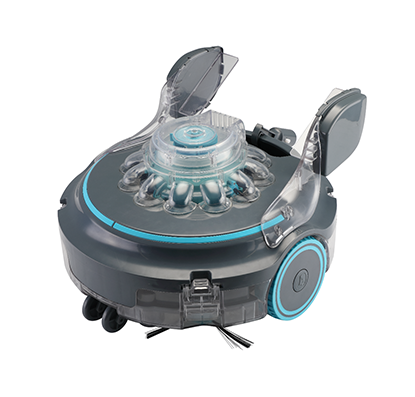
Long-Term Cost Savings
Investing in a robotic pool cleaner with advanced filtration saves money over time. The cleaner reduces the need for extra chemicals. Owners replace filters and parts less often. The pool’s pump and main filter work less, which lowers energy costs.
- Fewer chemical purchases
- Less wear on pool equipment
- Lower energy bills
Pool owners who choose dual-stage filtration often see savings each season. The cleaner pays for itself by reducing maintenance and supply costs.
Dual-Stage Filtration: Robotic Pool Cleaner’s Micron-Level Particle Capture gives pools cleaner water and better hygiene. Pool owners who understand filtration mechanics choose the right cleaner for their needs. Advanced filtration systems help maintain a sparkling pool with less effort and fewer chemicals.
FAQ
How often should pool owners clean the filters in a robotic pool cleaner?
Most pool owners clean filters after every use. Heavy debris may require more frequent cleaning. Clean filters help the robot work better.
Can dual-stage filtration remove algae from pool water?
Dual-stage filtration removes many algae particles. It does not replace chemical treatments. Owners should use both filtration and chemicals for best results.
What is the lifespan of a robotic pool cleaner filter?
| Filter Type |
Average Lifespan |
|
Coarse Filter |
1-2 years |
|
Fine Filter |
1 year |
Proper cleaning extends filter life. Replace filters when they show damage or reduced performance.

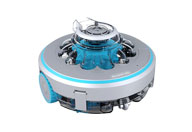 Robotic Pool Cleaner
Robotic Pool Cleaner 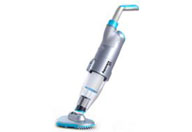 Portable Pool Vacuum Cleaner
Portable Pool Vacuum Cleaner 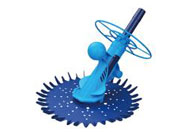 Automatic Pool Cleaner
Automatic Pool Cleaner 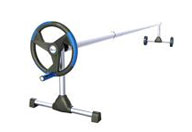 Pool Cover Reel
Pool Cover Reel 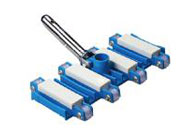 Pool Cleaning Accessories
Pool Cleaning Accessories 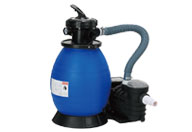 Pool Filter Pump
Pool Filter Pump 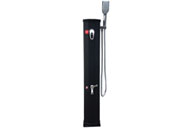 Pool Solar Shower
Pool Solar Shower 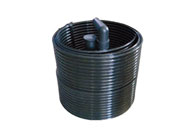 Pool Solar Collector
Pool Solar Collector 